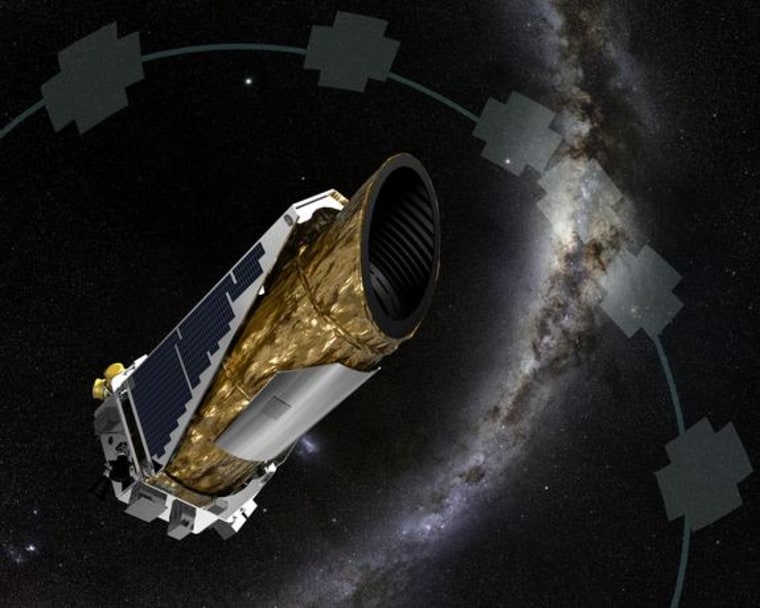After a weekend of uncertainty for the Kepler spacecraft, NASA let out a sigh of relief on Monday, saying that "the spacecraft reached a stable state with the communication antenna pointed toward Earth."
NASA posted a statement from mission manager Charlie Sobeck on Monday, saying that the "mission has cancelled the spacecraft emergency, returning the Deep Space Network ground communications to normal scheduling."
According to a press release posted on Friday, "during scheduled contact on Thursday, April 7, mission operations engineers discovered that the Kepler spacecraft was in Emergency Mode (EM)." Emergency Mode operates as a sort of hibernation for the spacecraft.

Kepler was launched on March 7, 2009, and is currently around 75 million miles away from Earth. It takes 13 minutes for a message to travel to the spacecraft and back.
Kepler technically finished its original mission in 2012, but because it was so successful the mission has been indefinitely extended so that Kepler can continue looking for astronomical objects. As of 2016, Kepler's extended mission "K2" has discovered over 1,000 exoplanets, including one very similar to Earth.
This is the first malfunction for the space telescope, according to Sobeck. Currently, NASA is pursuing an investigation into what caused the event, "with a priority on returning the spacecraft to science operations."
"Once data is on the ground, the team will thoroughly assess all on-board systems to ensure the spacecraft is healthy enough to return to science mode and begin the K2 mission's microlensing observing campaign, called Campaign 9," Sobeck said.
This checkout is anticipated to continue through the week, according to NASA.